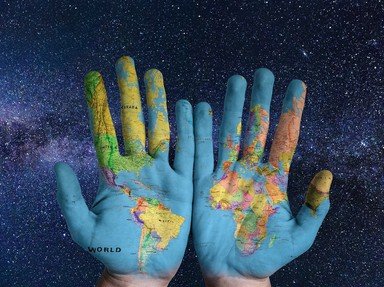Quiz Answer Key and Fun Facts
1. He was probably the most famous prisoner in the world during his incarceration on Robben Island.
2. Which South African politician helped form the United Nations?
3. Which South African President won the Nobel Prize for Peace after he brought an end to apartheid?
4. Who was the captain of the South African national cricket team that was sacked in shame?
5. Which successful South African actor co-starred with Nick Nolte in "Farewell to the King" (1989)?
6. He was a cardiac surgeon who performed the first successful human-to-human heart transplant in 1967.
7. Which South African golfer is generally regarded as one of the greatest players in the game's history?
8. Who is the founder and director of Ladysmith Black Mambazo who amongst others appears on Paul Simon's "Graceland" album?
9. He was a non-violent political activist against the apartheid system in South Africa who died in prison in 1977. Peter Gabriel recorded a song about him that was subsequently banned in South Africa.
10. Which South African group had a #8 hit on the U.S. Billboard Hot 100 with "Master Jack"?
Source: Author
Shaffyre
This quiz was reviewed by FunTrivia editor
Exit10 before going online.
Any errors found in FunTrivia content are routinely corrected through our feedback system.
